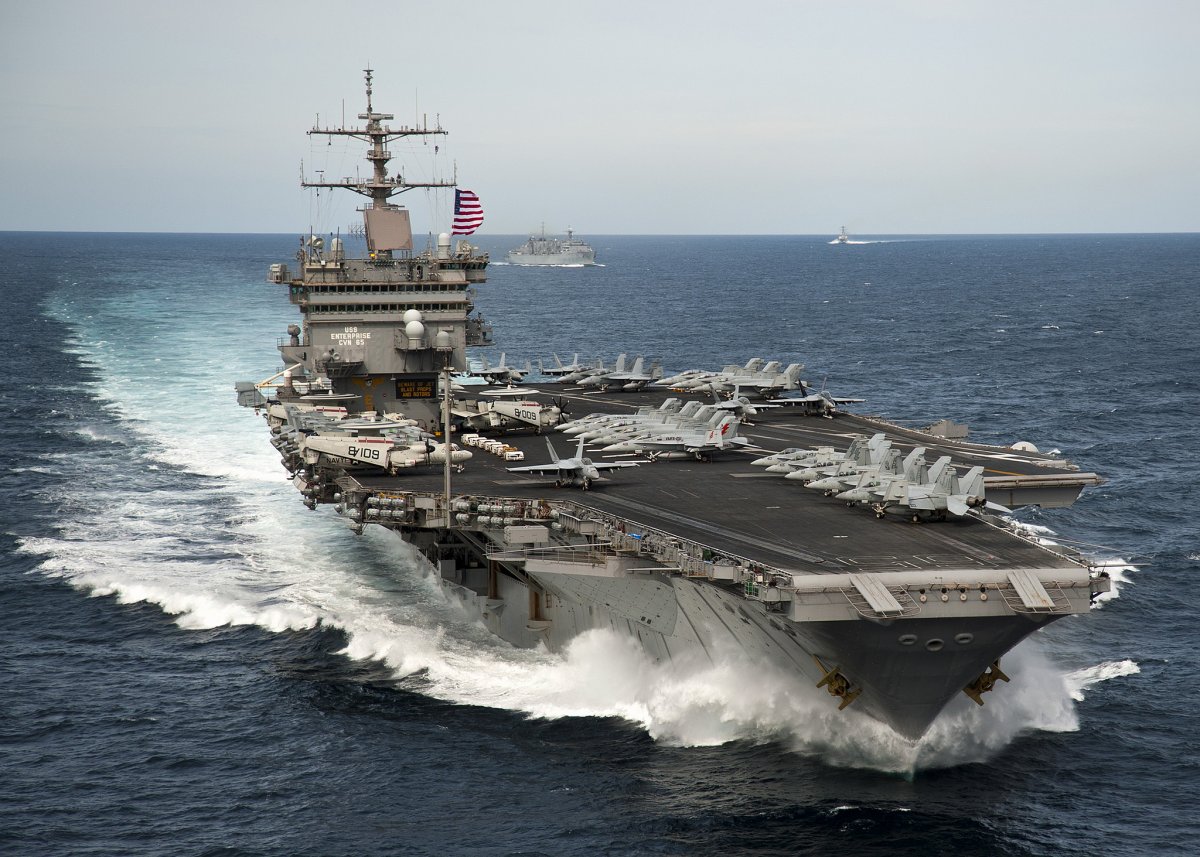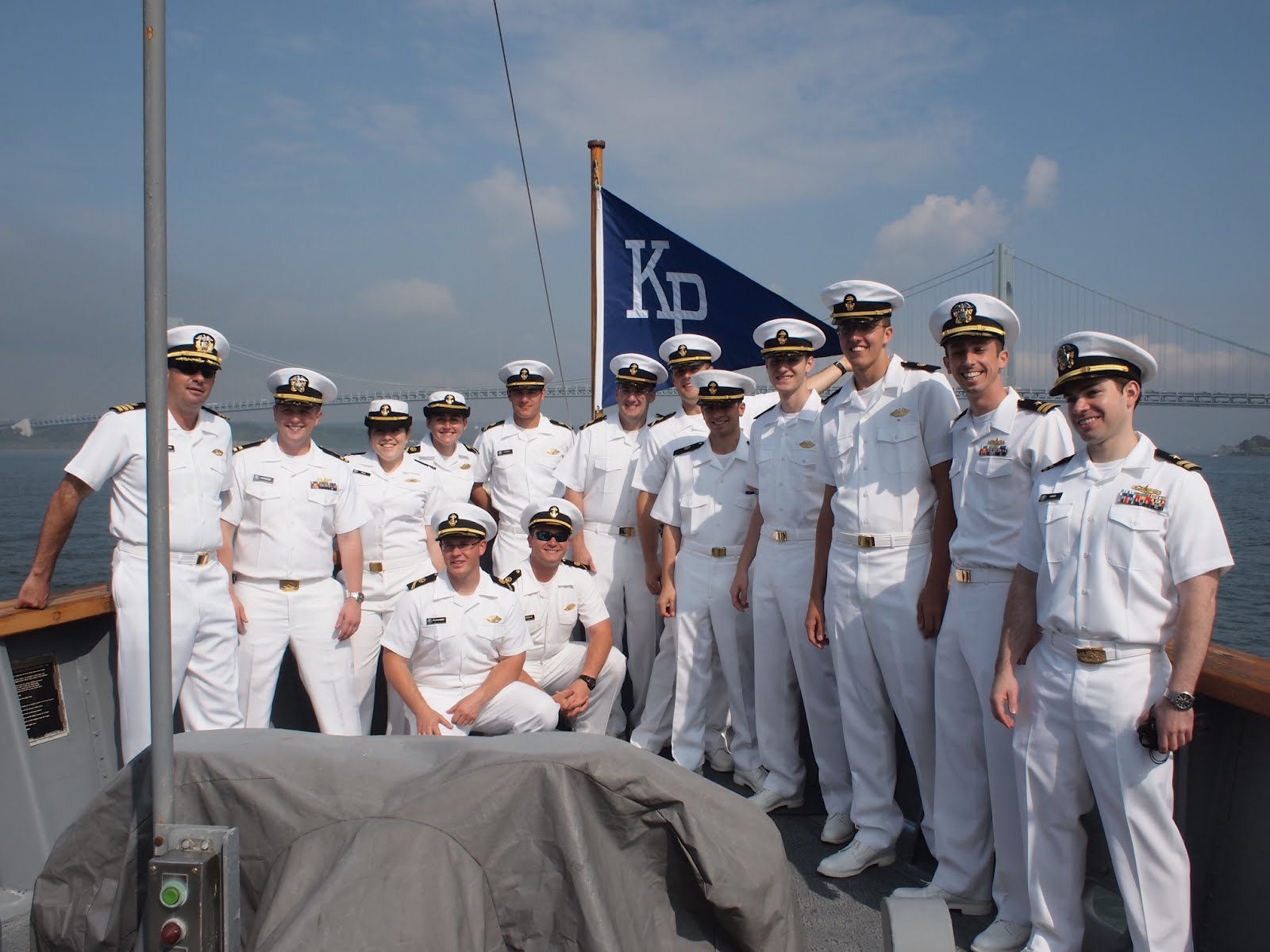the STCW Convention, ISO, ISM, Fire & Marpol. I it is very important to practice
question to have an insight of how question will come in exam. Answer to these
questions will be published shortly.
Questions related to STCW Convention, ISO, ISM, Fire & Marpol
sources of fire in the following spaces:
simple sketch of the layout of a fixed CO2 fire fighting system as fitted in
the engine room. State the precautions taken before release of carbon dioxide.
a mechanical foam type extinguisher or dry chemical type fire extinguisher
that the extinguisher is
for.
& describe the operation of an automatic sprinkler system.
a ship’s fire main system, labeling all important components.
Where is emergency fire pump located on the ship & why?
the safety precautions to be taken while handling portable electrical equipment
on board ship.
Define an enclosed space; explain the principal points to be observed before
entering an enclosed space.
engineer, instruct a new junior engineer of eight main points with regard to
personal safety in the engine room.
precaution you will take before carrying a repair work on the following:
main component of a automatic fire detection system. Sketch & describe the
system.
types of fire detectors & explain one no. of each type.
objective of IMO. Draw the structure of IMO & explain briefly the function
of its components.
relationship of IMO with classification societies. What function are performed
by these societies?
function of classification societies. Also explain what surveys are carried out
by them.
IACS? List 8 Nos of classification societies. What do you mean by condition of
class?
an oily water separator. List all the main parts.
What data is recorded is an oil record book when pumping out E.R. Bilges.
five international conventions & explain them briefly?
are various technical Annexes of Marpol?
whom?
preparation is carried prior receiving fuel oil bunkers on board?
oil bunkers.
you mean by shore reception facility?
the discharge criteria for discharging oily water mixture for oil Tankers.
system for tankers & describe any one method.
the need of ISO system? State the various clauses of ISO 9000 – 2000 standard?
an internal audit carried out?
& explain the principles of quality management system.
What is non – conformity(NC) & how it is controlled?
ISM code? State the objective & requirements of ISM code?
Explain the meaning of SMC & DOC & state the validity of these.
objective of load line convention & list the item inspected/ checked during
load line survey.
between port state & flag state control? Under what circumstances a ship is
considered unseaworty?
SOLAS? State its objective & explain its main features.
colreg – state its objective & explain its main rules & regulations?
role of administration concerning operation of ships? List the function of DGS
& MMD.
the relation between ISO & ISM code. Differentiate between ISO 9000 – 1994
& ISO 9000 – 2000 standards.
the requirements of quality management system of ISO 9000 – 2000 standard?
Which is the latest revised ISO standard & what main changes incorporated?
reason for adopting STCW – 95 in place of STCW – 78. What amendments were done
in STCW – 1995 convention?
basic principles to be observed in keeping an engineering watch while in
operation.
conventional watch keeping system in a machinery space of a ship.
operation & how the same is operated
the criteria for composing an engine room watch.
Under what circumstances the watch should not be handed over?
various duties & responsibilities of watch keeping engineers concerning
safety & protection of environment.
receiving the instructions that main engine is to be prepared, how will you
proceed to prepare the same.
safety precautions to be followed when overhauling or repairing the main engine
in port.
the periodic checks to be carried out by senior engineer while keeping a sea
watch.
Under what circumstances watch should not be handed over?
the minimum requirements for the ratings of an engine room watch.
Explain the operational guidance for incharge of engineering watch.
Mention the special requirement for engineers on oil tankers/ chemical/ gas
carrier
the purpose of keeping an engine room log book.
State the type of information that should be recorded in the ship’s engine room
log book.
over a watch at sea itemize the main points that should be checked.
what circumstances the Bridge must be notified.
What precaution to be taken while maneuvering in congested water & during
restricted visibility.
what circumstances chief engineer should be notified?
will you carry out an engineering watch at an unsheltered Anchorage?
various safety devices fitted in large marine Diesel engines.
precautions are to be observed during cargo operation or a tank washings in a
chemical tanker.
List the items for personnel protection on chemical tanker.
will you prepare a LPG tanker for entry after a cargo discharge?
Write the steps to prepare a tank during ballast voyage for a change of cargo.
are the benefits of inert gas on oil tankers?
List various Audible & visual alarm fitted on I.G. System.
Define Lower explosive & upper explosive limits.
& describe an I.G. system as fitted on oil tanker.
What are the advantages of crude oil washing?
how the emergency operation is carried out onboard a ship.
What are the toxic hazards of petroleum to health & what precaution to be
taken to avoid these hazards.


